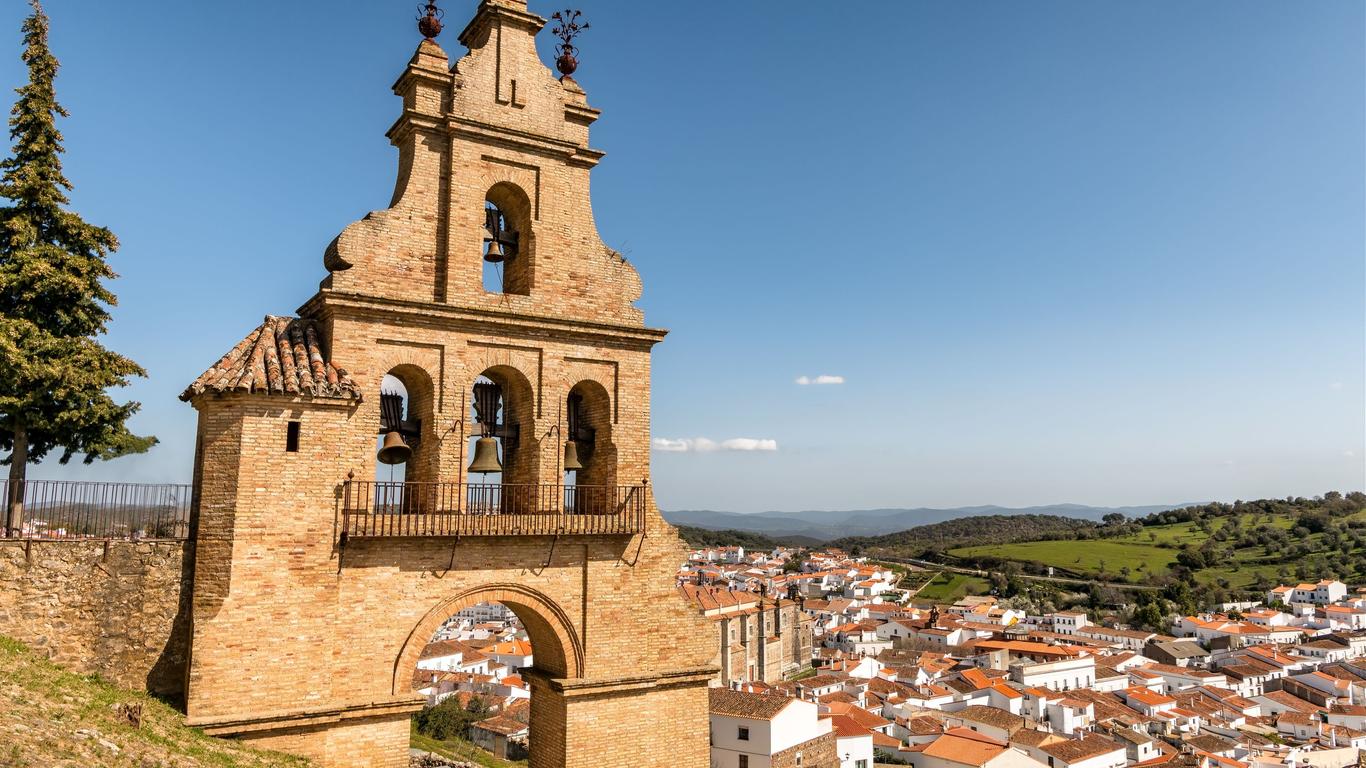Situated at the junction of the Odiel and Tinto rivers as they flow into the Gulf of Cadiz, Huelva is a lively port city in Andalusia. A settlement was established here by the Phoenicians in the 9th century, with the modern-day city flourishing on the back of the mining industry around 1,000 years later. Huelva centres around a palm-fringed square and is renowned for its hillside sanctuary overlooking the Odiel Estuary.
Things to do in Huelva
In the heart of Huelva is Plaza de las Monjas, which was established adjacent to the Convento de las Madres Agustinas in the 15th century. It was remodelled in 1907 by Francisco Monis y Morales and now features local eateries, a central bandstand where live music takes place and a statue depicting the Italian explorer Christopher Columbus.
A short drive north of Huelva’s city centre is Santuario de Nuestra Señora de la Cinta, a whitewashed temple that was established in the 15th century. Dedicated to the city’s patron saint, it features three central naves, Mudejar-inspired horseshoe arches and recently restored murals depicting the Virgin de la Cinta.
Delve into the local history at Huelva Museum, which occupies a purpose-built landmark near the railway station. Browse the extensive archaeological collection that includes artefacts from the ancient Minas de Riotinto, then get up close to artwork by the Nerva-born Cubist painter, Daniel Vázquez Díaz.
Getting around Huelva
Huelva is over an hour’s drive from Seville and Seville Airport, which has flights to destinations throughout Europe. Trains connect from towns and cities across Spain to the Huelva railway station while buses travel throughout Huelva. The centre of Huelva can easily be explored on foot.





